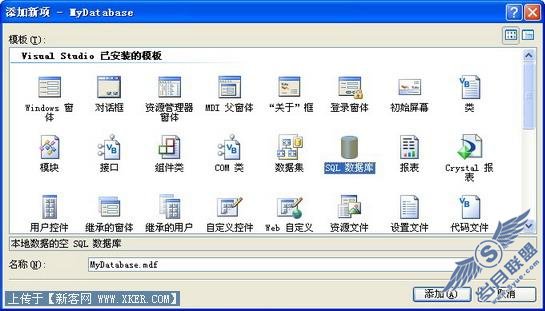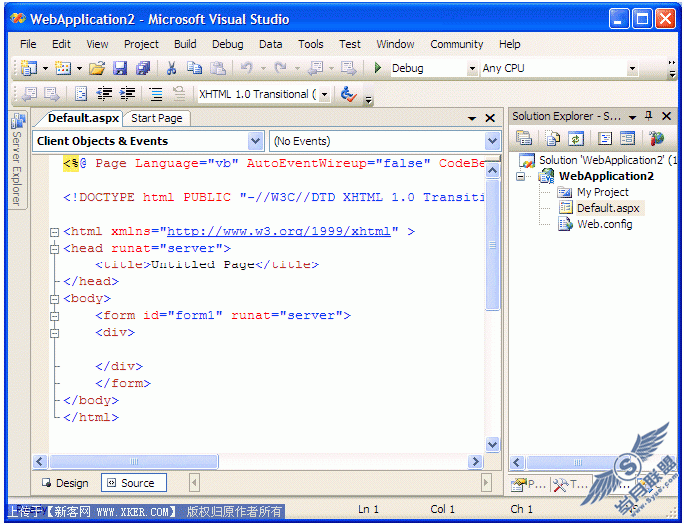Visual Basic编程的七个优良习惯
来源:岁月联盟
时间:2007-02-01
在很多人的编程语言中,用“+”来连接字符串,这样容易导致歧义。良好的习惯是用“&”来连接字符串.
不正确:
dim sMessage as string
sMessage="1"+"2"
正确:
dim sMessage as string
sMessage="1" & "2"
注意:"&"的后面有个空格.
2.变量命名大小写,语句错落有秩
下面大家比较一下以下两段代码:
读懂难度很大的代码:
dim SNAME as string
dim NTURN as integer
if NTURN=0 then
if SNAME="sancy" then
end if
Do while until NTURN=4
NTRUN=NTURN+1
Loop
End if
容易读懂的代码:
dim sName as string
dim nTurn as integer
if nTurn=0 then
if sName="sancy" then
end if
Do while until nTurn=4
nTurn=nTurn+1
Loop
End if
3.在简单的选择条件情况下,使用IIf()函数
繁琐的代码:
if nNum=0 then
sName="sancy"
else
sName="Xu"
end if
简单的代码:
sName=IIF(nNum=0,"sancy","Xu")
4.尽量使用Debug.print进行调试
在很多初学者的调试中,用MsgBox来跟踪变量值.其实用Debug.print不仅可以达到同样的功效,而且在程序最后编译过程中,会被忽略.而MsgBox必须手动注释或删除.
不正确:
MsgBox nName
正确:
Debug.pring nName
5.在重复对某一对象的属性进行修改时,尽量使用with....end with
6.MsgBox中尽量使用图标
一般来说
vbInformation用来提示确认或成功操作的消息
vbExclamation用来提示警告的消息
vbCritical用来提示危机情况的消息
vbQuestion用来提示询问的消息
7.在可能的情况下使用枚举
枚举的格式为
public enum
...
end enum
好处是加快编译速度











